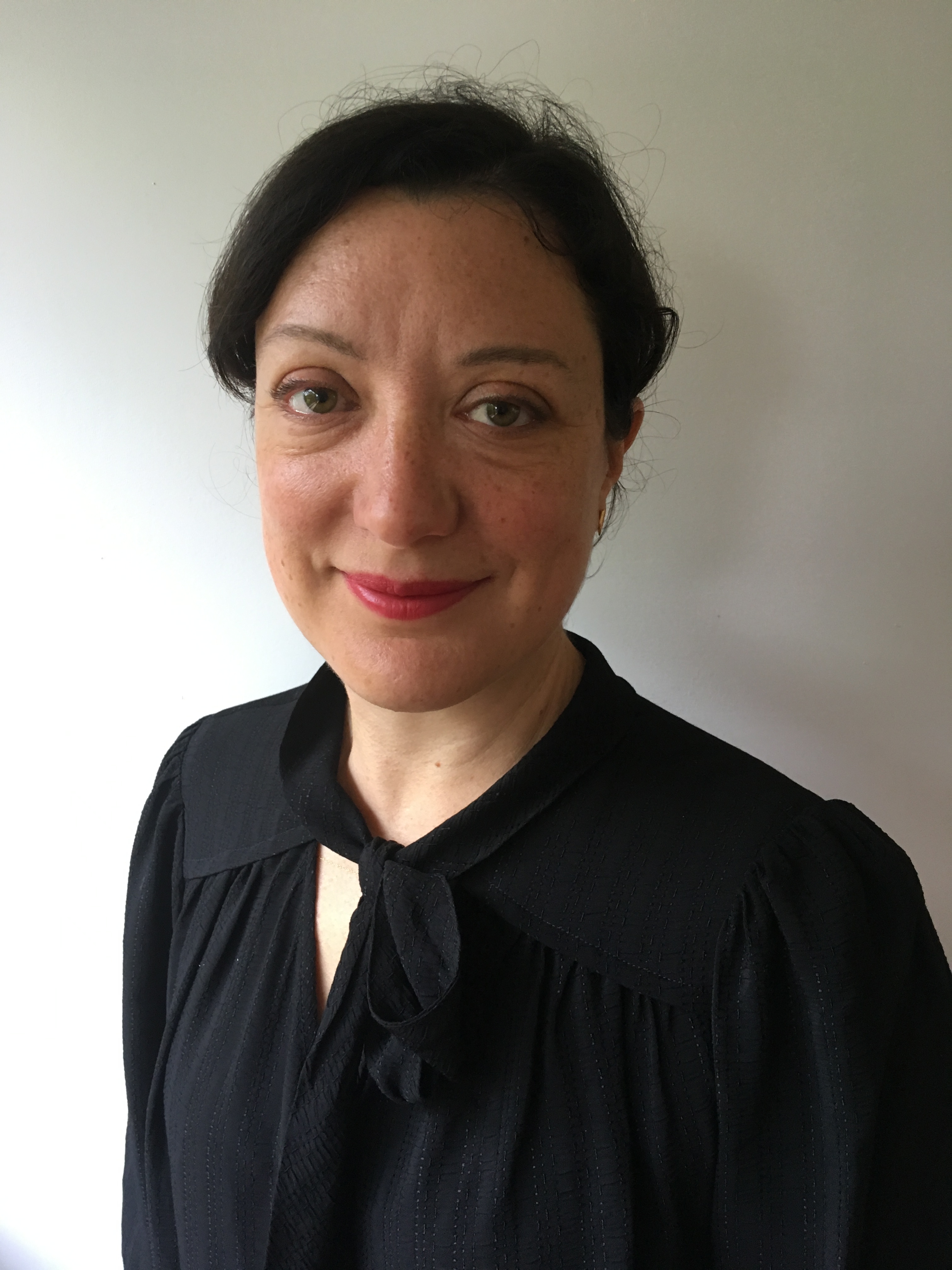Time to ditch multitasking? Three productivity hacks for project professionals

Do you ever wish you had more hours in the day to get everything done? Do you try your hardest to stay focused but still get distracted? You’re not alone.
Luckily the study of personal productivity is taken seriously. There are plenty of well-researched methods to help you get more done — with less effort and better outcomes. Some are common sense, but if you never stop and think about how you can tweak your working style, you’ll be stuck in a rut.
So why not pledge to experiment with one of these new habits?
1. Ditch multitasking; concentrate on one thing at a time
If you want to produce your best work, then stop kidding yourself that multitasking makes you any more effective than focusing on a single task at a time.
According to Professor Cal Newport of Georgetown University, author of Deep Work, most of us have been sucked into a work culture where we’re constantly checking emails or our phones or going to irrelevant meetings.
We look busy, but really this ‘shallow work’ encourages us to become easily distracted and flit between tasks constantly, making it difficult to give our attention to important work.
Instead, train your mind to work ‘deeper’ by reprogramming yourself to concentrate on work without distractions for longer and longer periods of time. Try protecting five hours a week in your calendar for uninterrupted work. Ditch your phone, find a place where you can work best and create a little ritual around it (like making a cup of coffee). And stick to the rules.
2. Try the Pomodoro technique
By chunking your day into manageable timed units of 25 minutes, followed by a five-minute break, your mind can be encouraged to stay focused. Distractions are blocked out and your mind can focus better knowing that, if your concentration is prone to wander, you have a five-minute break to look forward to. (This doesn’t sound like much time, but it’s enough to have a drink or a stretch and a breath of fresh air).
If you experience interrupting thoughts, keep a notepad to hand and jot them down so your mind is freed up to focus. Pomodoro is best suited to work that can be broken into parts and has well-defined goals (and is good for parcelling up mundane tasks into one chunk).
You might start to rebel if you impose this way of working on yourself every day, all day, so use it judiciously.
3. Discover your working style
If you want to dive deeper into your personal productivity issues, then try to identify your working style. Carson Tate, author of Work Simply, says there is no universal approach to achieving productivity. If you don’t know what your natural preferences are, then some productivity strategies will always be doomed to failure.
She has come up with her own productivity classification system that you can try. Once you’ve identified your style, you can pick the productivity techniques that best suit you. So, are you a people-focused Arranger, a goal-orientated Prioritiser, an imaginative Visualiser or a list-loving Planner?
Like many project professionals, you might naturally be a Planner, in which case, download those to-do list apps right now. If you’re more of a Prioritiser, then you’d be better off setting a numerical goal for the number of messages to have in your inbox. Project management attracts many who love working with people, so if you identify yourself as an Arranger, collaborative tools will work best for you.
The trick with time management is to simply understand how and when you work best, and to organise your tasks around this. This is easier said than done (especially if you have little control over what is thrown at you each day).
But, at the very least, put in some boundaries to protect a little downtime. It’s a simple productivity hack — but it’s one of the best.


0 comments
Log in to post a comment, or create an account if you don't have one already.